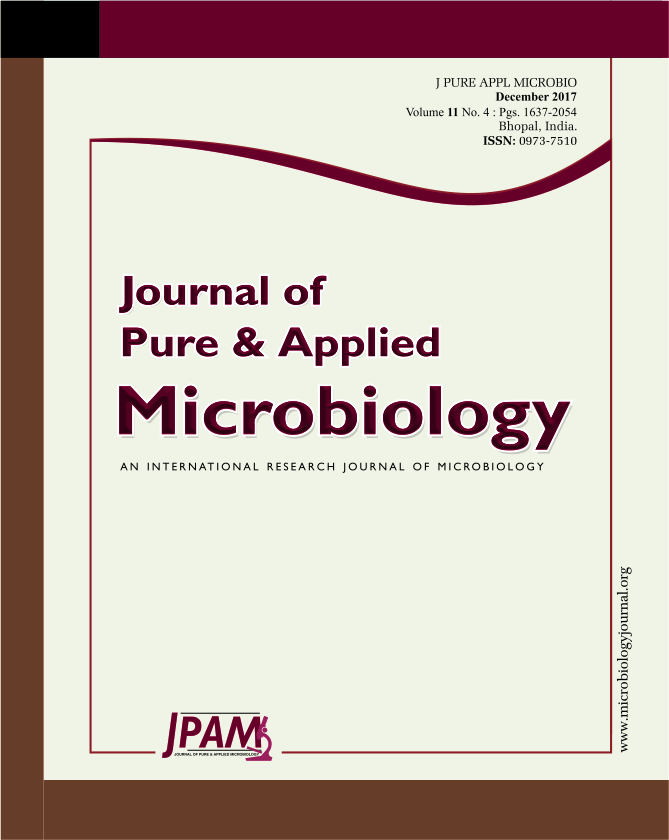In this research, the Heavy metal and Microbial content of vegetables and its irrigation water in Abakaliki were studied. The samples were collected from Onuebonyi Inyimagu village in Izzi Local Government Area (LGA) and Iyiudele farm located at Abakaliki LGA. The samples were analyzed for heavy metals (lead, cadmium chromium arsenic and mercury,) using Atomic absorption spectrophotometer (AAS). The microbial count was done using digital colony counting machine while the microbial cells were further identified to species level using 16S rDNA and ITS rDNA sequencing analysis for bacterial and fungal cells respectively at CABI identification services UK. The results of the heavy metal analysis showed that cadmium was within tolerable limit for food while lead, arsenic, chromium and mercury where above maximum acceptable limit according to relevant national and international food and water regulatory agencies. The high levels of these heavy metals on the vegetables portents significant health risk for the consumers of these vegetables as high levels of these heavy metals in human body have been linked to so many cardiovascular and other organ dysfunctions. The result of the microbial analysis also showed that the microbial load of both the irrigation water and the vegetables where above acceptable limit according to international Commission for microbiological specification of food (ICMSF) and other necessary food and water quality regulatory agencies. The contaminating organisms were identified as Escherichia coli and Escherichia fergusonii) (504743) and Aspergillus tamari (504744a) according to the result of 16S rDNA and ITS rDNA sequencing analysis. Thus, the findings of this study showed that there is an urgent need for government to take steps to provide clean water for irrigation purposes in Abakaliki metropolis. This will go a long way in ensuring that vegetables produced in Abakaliki are free from potentially dangerous microbes and heavy metals and are generally of better quality.
Heavy metals, microbial load, AAS, Sequencing, ITS rDNA, 16S rDNA, Escherichia coli, Aspergillus tamari.
© The Author(s) 2017. Open Access. This article is distributed under the terms of the Creative Commons Attribution 4.0 International License which permits unrestricted use, sharing, distribution, and reproduction in any medium, provided you give appropriate credit to the original author(s) and the source, provide a link to the Creative Commons license, and indicate if changes were made.


